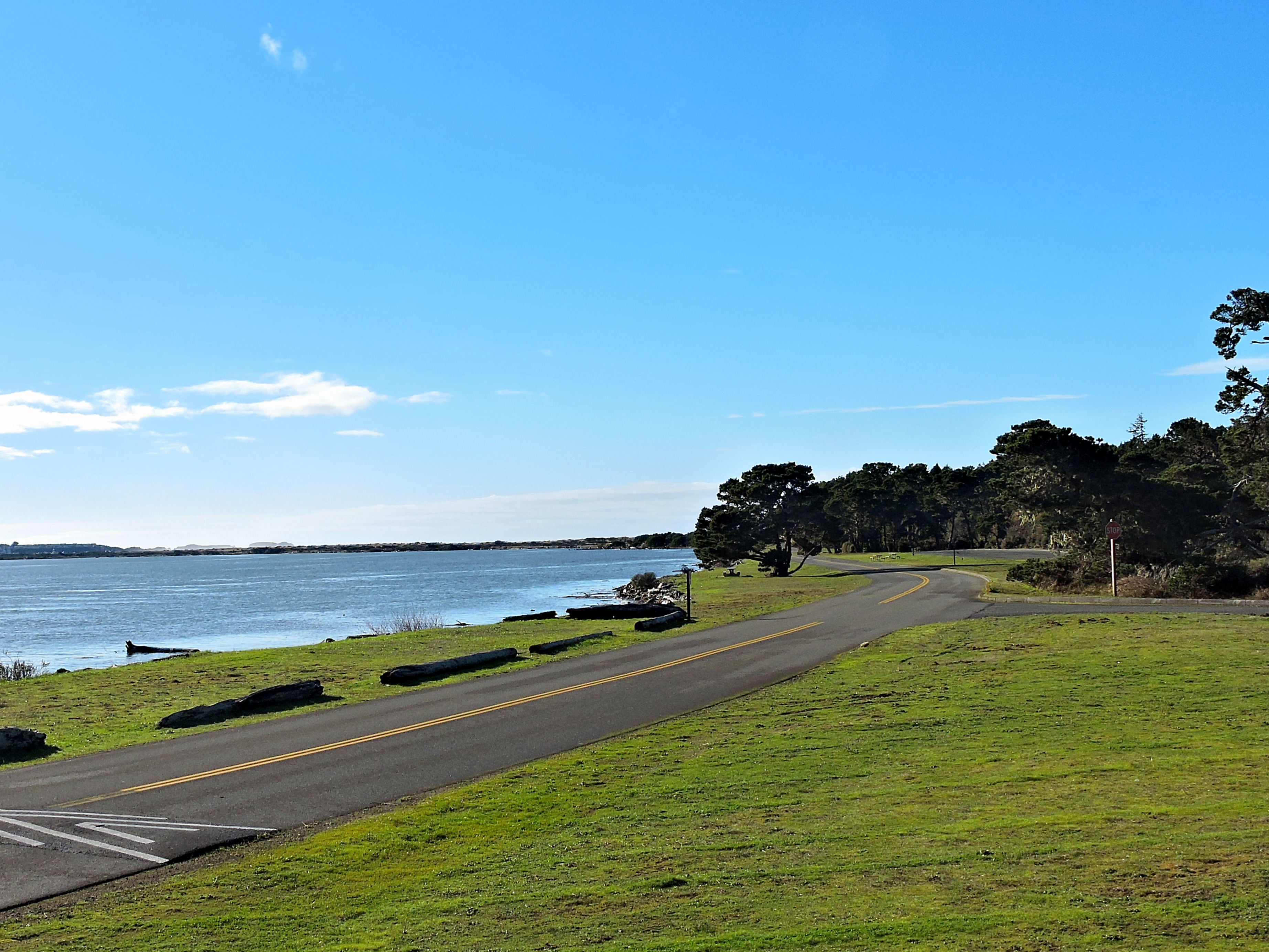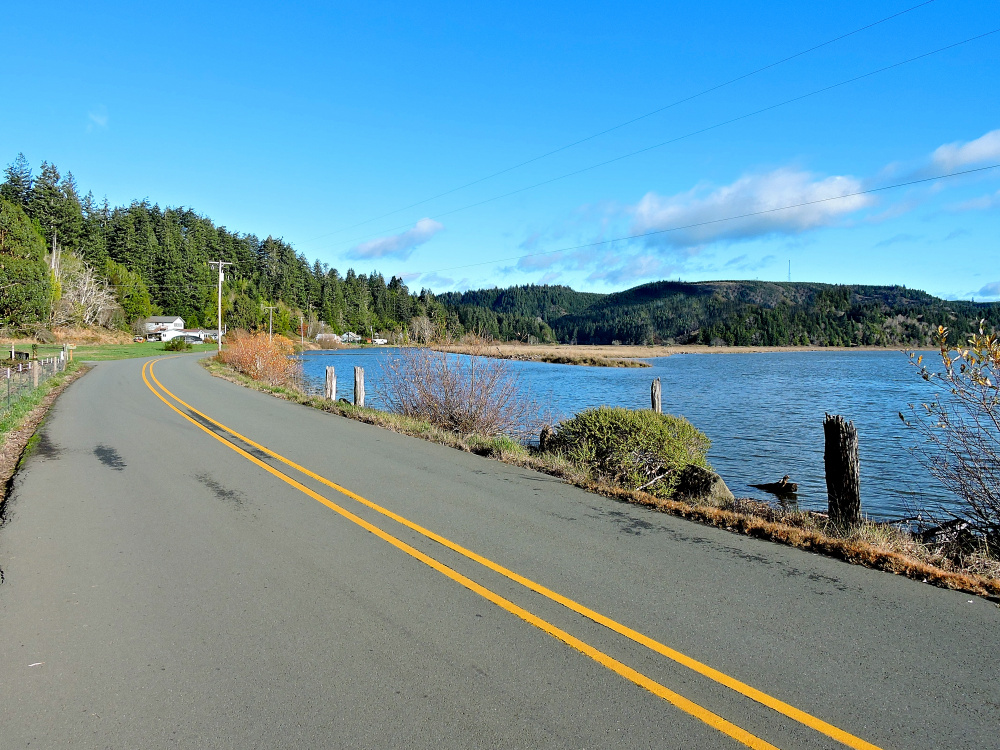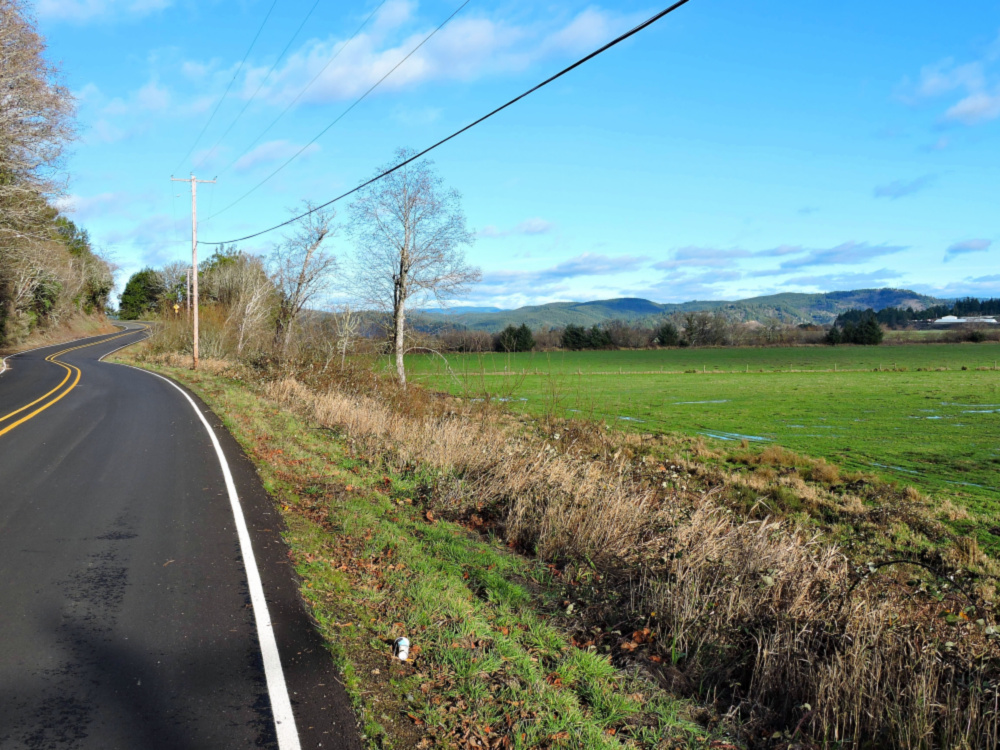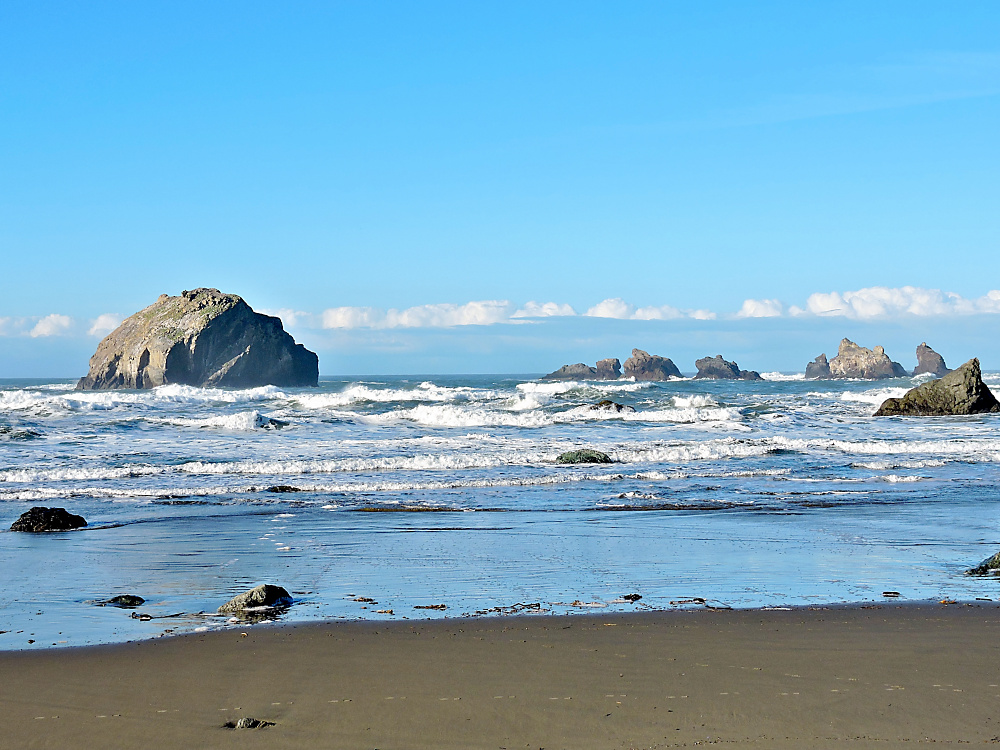I have lived in five of the fifty constituent parts that make up the United States of America during the little over half century that I have been animated and conscious on this beautiful planet. Also added to that time, are three years during the Tour of Gondwana when I was, technically, homeless. The first four of those States were, in effect, chosen for me by default, either by circumstance of birth, or to obtain education or employment. As my previous Tour drew to a close, I had no professional or personal commitments that would require me to live in any specific location. In fact, I did have a personal commitment, but it was one that could be satisfied from any location, anywhere. That provided me with the enviable circumstance of being able to choose a place to live solely on the basis that it was someplace that I would distinctly enjoy.
Twenty-five years earlier, when I neared the end of my first Tour, a short affair of only six thousand eight hundred kilometers, from Western Massachusetts to San Francisco, I was feeling slightly bedraggled. This was partly due to the moderately insane pace I was keeping, given my lack of patience as a young, novice Tourist, an average of around 170 km a day near the end, and partly because of the mental numbness I was feeling after crossing almost three thousand kilometers of western prairies and deserts, my first such experience with those types of biomes. Those feelings vanished as soon as I began to descend the western slopes of the Cascade Range in Oregon. The verdant and abundant life filling the area between the summit of the Cascades and the shoreline of the mighty Pacific Ocean rapidly recharged my body and mind. Combining that general situation with the plethora of good-quality cycling roads in the region, made this part of the World quickly become one of my favorite places.
When the time came to choose a new home after completing the Tour of Gondwana, I did not require more than a few moments to realize that I did not need to look much further than the southwestern corner of that pleasant State. It’s true that winters are normally distinctly rainy (later, in one six-month-long rainy season, I would record two and a half meters of rain at my house, though most years were less than that, ) but nighttime rarely dips below freezing, so cycling can go on, more or less, throughout the year. My initial considerations were pointing me towards a location somewhat inland, but then I recalled a little town right on the coast, named Bandon, where I spent a relaxing few hours one afternoon during that first tour, and passed through again on three others. After cycling through innumerable small villages and towns, as well as some huge mega-cities, during the Tour of Gondwana, I was more than ready to settle down for a while in a town with a population of three thousand.
However, it is never a good idea to select one’s initial choice for anything without at least some amount of rational deliberation. With that in mind, I had three criteria that were most important to me for selecting a new home: the area should have a generally lower cost of living than my previous locations, it should have good broadband Internet available (by 2008 standards), and, probably most importantly, it should possess an abundance of good cycling routes. It did not take me very long to realize that those circumstances would be met without needing to look much further.
The first of those requirements would be relatively easy to meet, no matter where I looked, since my previous eleven years in the U.S. were spent in the East Bay of California, part of one of the most costly regions to be found anywhere. The dwelling I eventually located in my new home town was ten times as nice as the previous apartment I had lived in, for less money. Check.
I was also pleased to learn that the little town of Bandon was the first municipality in North America to have direct-to-home fiber-optic Internet service. This came about thanks to a pilot program installed by Hitachi, and while fiber is relatively common today, in the mid-aughts it was definitely more novel. Bandon was chosen as the location for that test project in part due to the efforts of a local small businessman who worked in the tech area, and because a major Trans-Pacific fiber data cable comes on shore just twenty kilometers north of here. Check.
Then, there is cycling, and all I have to say is, Check!! From previous experience, I knew that I would be largely satisfied here in that regard, even after recently experiencing some of the best roads for cycling imaginable during the Tour of Gondwana (as well as many that weren’t.) During a short tour in the late 90s, I once again passed through this town, but on that occasion I turned east from here, heading for the area around Roseburg, including a portion along a route known as Sitkum Road. At that particular time, that route provided me an epiphany for what good cycling could be like in America, and that impression stuck with me well beyond that tour. During the years that I lived here, that became my go-to route, whenever I needed a long, enjoyable ride. Consequently, it will make up the first section of the first day of the World2 Tour, and I am already anticipating the enjoyment it will bring.

To be sure, there is actually not a very large variety of route choices available here, which is not unexpected, since most rural regions have fewer roads overall, relative to other suburban and urban areas. However, even though the choices are few, the quality of all of those that are available would generally surpass the best of what had been available to me around the other places I have previously lived. Consequently, I have never minded using the same few routes repeatedly throughout the years. The images in this post were taken on Christmas Day, 2018, and give a representative impression of what conditions are like here. Trading a snowy-white holiday for a few hours of cycling, and the chance to work off any excess energy obtained through cookies and egg-nog, is an exchange I can definitely live with.

One thing that may not be completely obvious from these views is that the lack of motorized traffic visible is essentially the standard situation, not a holiday anomaly. That, of course, is the most important factor for creating pleasurable cycling in any area. Even more advantageous is that what traffic there is almost always is less aggressive than it was in other places I have experienced. When I commuted daily by cycling in my previous home, I encountered what is commonly referred to as road rage
on multiple days of each week. Here, over ten years and almost ninety thousand kilometers of cycling, I believe that I have witnessed that disturbing behavior on perhaps only four occasions, and on only one of those was I actually cycling at the time. Both of these circumstances were even more noticeable during the first few years that I lived here, which were immediately following the Great Recession of 2008, further evidence that some parts of life are better when the economy is bad.

Given all of these factors, it has not been very hard, well, except for the rainiest months, perhaps, to maintain an adequate level of cycling fitness. I regularly had a choice of 40- to 60-km-long daily rides, shorter, if needed, of course, or, if a longer ride was desired, beautiful 90- to 100-km-long routes were always available. If all goes well, that should help me get off to a good start on this imminent Tour. However, I know from past experience that the last couple of months before the start of a long tour can be hectic and filled with many unexpected tasks, which can let softness creep in. I will do my best to avoid that this time, if I can.
When one has lived in five places in the past, with a new location coming in the future, it is a corresponding fact that they have also left all five of those places at some point. I think that this time will be the only instance when I will distinctly miss the place once I have moved on. While the upcoming Tour will certainly take me to many interesting and beautiful places, there will also be some times when the places I visit will feel annoying and tiresome, and, in those moments I think I will be remembering home more than I have in the past. The good people of our area will also remain in my thoughts, and I am sure they will continue to keep this place as quintessentially appealing as is has been during the modern era, and for thousands of years prior to that.
Our most notable local landmark, Face Rock, appears in the image below. There is a charming legend that uses its uncanny appearance to provide a frame of reference for life on this section of coastline to the people who have lived nearby throughout time. Today, for me, I see it as a symbol for of all of us, looking out unto the World, wondering what new experiences await, thinking about the people ready to be met and new knowledge to be acquired, but also considering whether the beautiful things our World still holds today will long endure, or if the time left to see them is growing short.
